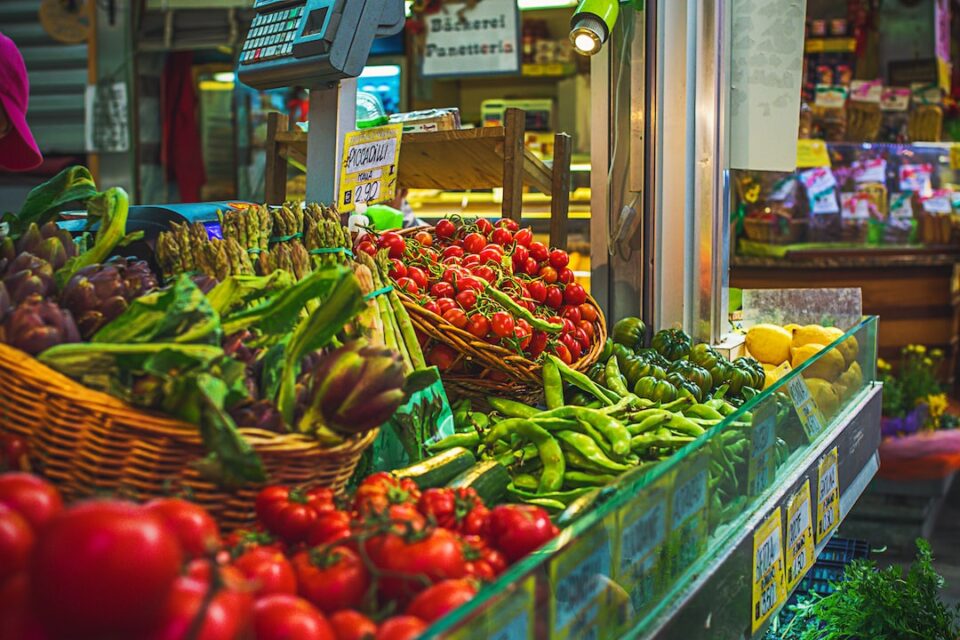The Truffle Market: Insights into the World of Truffle Buying and Selling
Truffles, often hailed as the “diamonds of the kitchen,” have a centuries-long history of being highly sought after and fetching exorbitant prices. These rare and exquisite fungi, known for their distinctive aroma and flavor, are a culinary delicacy that has become synonymous with luxury and indulgence. However, the price for truffle can be staggering, making it intriguing to consider the complex dynamics behind the market.
Truffle hunting is a centuries-old tradition that involves skilled dogs and pigs sniffing out these hidden treasures. The search for truffles is often carried out in secret, with hunters fiercely protecting their coveted spots. This air of secrecy contributes to the mystique surrounding truffles and fuels the high demand.
The unique and delicate nature of truffles makes them difficult to cultivate commercially, unlike other crops. This rarity and the fact that truffles have a short shelf life contribute significantly to their high price. Additionally, the growing conditions required for truffles are specific, with only a few regions around the world suitable for their cultivation. This limited supply ensures that the demand for truffles consistently exceeds the available quantity, driving up the price.
Several factors affect the price for truffle, with the market being highly volatile. Firstly, the species and quality of the truffle play a crucial role. Périgord black truffles from France and white truffles from Italy are among the most prized and expensive. While both can fetch high prices, the white truffle typically commands an even higher value due to its intense aroma and flavor.
The size and appearance of the truffle also impact its price. Larger truffles are generally more valuable, as they contain a greater quantity of the aromatic compounds that make them so sought after. Truffles that are perfectly round and unblemished are also highly desirable, further increasing their price.
Furthermore, the availability of truffles varies throughout the year, affecting their price. Each truffle variety has its peak season, and during this time, their prices are generally at their highest. For instance, white truffles reach their peak during November and December, with prices reaching astronomical figures. Conversely, off-season truffles, which are typically harvested outside their prime period, may be relatively more affordable.
The truffle market is notoriously difficult to navigate, with a complex network of middlemen and distributors involved in the buying and selling process. The intermediaries play a significant role in determining the final price for truffle, as their markups contribute to the overall cost.
In recent years, truffle prices have soared, partly due to increased demand from emerging markets, such as China. As these markets embrace the truffle as a culinary luxury, the demand continues to escalate, driving prices even higher.
Despite their hefty price tag, truffles remain highly coveted by food enthusiasts and renowned chefs. The unique taste and aroma they impart to dishes, coupled with their exclusivity, continue to make truffles an indulgence worth splurging on.
In conclusion, the truffle market is a fascinating world, driven by scarcity, quality, and seasonality. The price for truffle reflects these factors, making it reasonable to consider truffles as precious commodities reserved for the most discerning palates. Whether you’re lucky enough to indulge in a truffle-infused dish or merely intrigued by their allure, these culinary gems will always have a market that defies their weight in gold.

